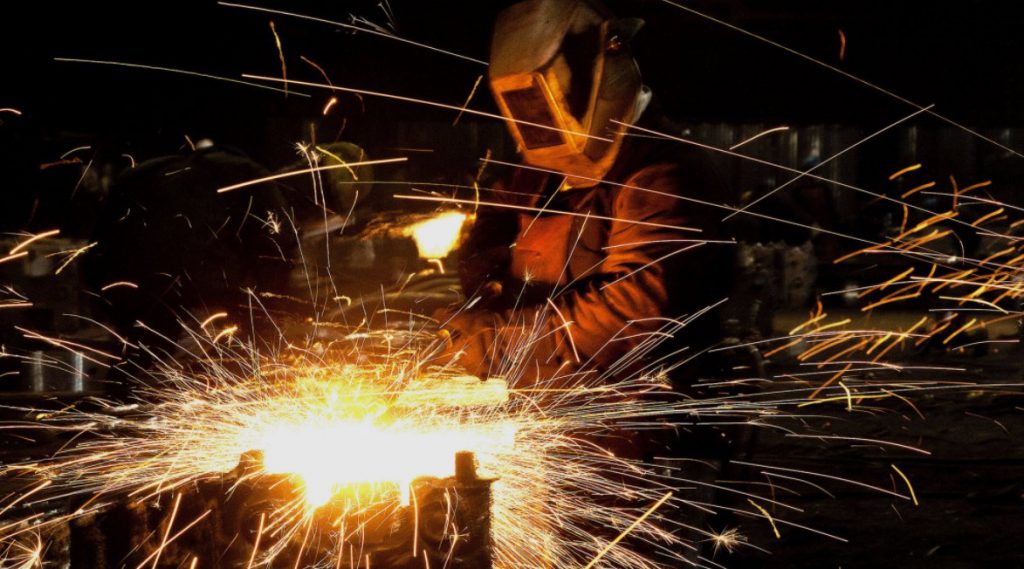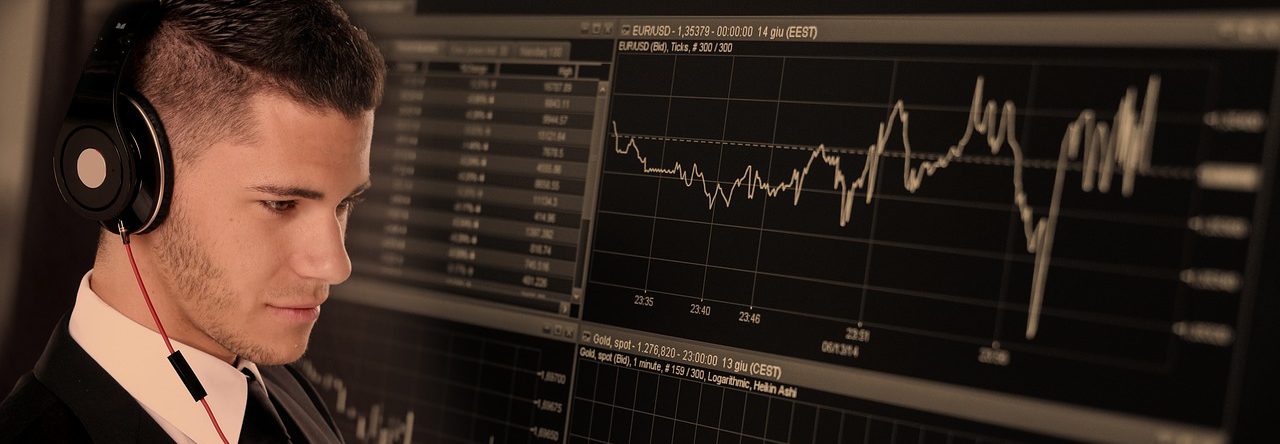Europe’s steel sector has declined to just 10 percent of global production in 2016. Major producers have struggled with debt, low EBITDA margins, and strong competition, particularly from Asia, making Europe increasingly vulnerable to imports. It is suggested that 2017 may be a significant turning point due to a combination of anti-dumping measures, major mergers and a weakened Euro. Germany is the world’s seventh-largest steel producer and the largest in the European Union (EU 28).
Steel is the backbone of the German economy
About two-thirds of steel in Germany is produced in integrated steel mills (blast furnace, steelworks and rolling mill), the remaining third through electric steel. 65 percent are flat products, with the remaining 35 percent being long products. North Rhine-Westphalia is the German state that produces the most steel and accounts for more than a fifth of Germany’s GDP at 21.4 percent, followed by Bavaria at 18.1 percent, Baden Wuerttemberg 15.2 percent, Hesse 8.6 percent, Lower Saxonony 8.4 percent and Rhineland-Palatinate 4.5 percent (National Accounts of the Federal States, 2016).

Value-creation chains
Close inter-relations with other industrial sectors including the car industry or machine construction have aided the German steel industry. The steel sector supplies about one-fifth of the input purchases for machine construction and 12 per cent of those for the automotive industry. Other important sectors include electrical engineering, the building sector, and steel and metal processing. Studies on economic significance show that every Euro of additional value creation in the steel industry in Germany generates a further 1.7 Euros of value creation in upstream sectors.
Germany’s steel production figures
Most of the major European steel companies are back in profit after a revival in steel prices in 2016. German companies ThyssenKrupp and Tata Steel are expected to see those profits grow as annual contracts for 2017 were set at levels 70 percent higher than for 2016. Latest figures show that steel production in Germany increased to 3882.01 thousand tonnes in March 2017 from 3452.90 thousand tonnes the previous month. From 1950- February 2017, steel production in Germany has averaged 3179.64 thousand tonnes, reaching an all time high of 4744 thousand tonnes in October 1974 and a record low of 907 thousand tonnes in February 1950.
ThyssenKrupp and Tata Steel
Improvements in the fortune’s of Germany’s steel industry have come from changes within the second and third biggest actors in the European flat steel sector, ThyssenKrupp and Tata Steel. The two companies are engaged in discussions regarding a potential merger, having officially been in discussions since June 2016. There is strong opposition from the unions who predict future site closures, but analysts suggest a deal to merge the two businesses could be achieved by September, 2017.
In addition, in February 2017 ThyssenKrupp offloaded its slab making unit in Brazil finalising a 1.5 billion Euro sale to Ternium, a manufacturer of flat and long steel products with production centres in Argentina, Mexico, Guatemala, Colombia and the United States.
Tata Steel has closed the British Steel pension scheme to future accruals after reaching agreement with the UK union. ThyssenKrupp’s pension liabilities and challenges from German and Dutch unions remain an issue.
Employment
The ongoing threat of ThyssenKrupp shedding thousands of steel jobs in North-Rhine Westphalia is causing political unrest. ThyssenKrupp is attempting to restructure its steel operations, but unions oppose that effort, which they say will result in more than 4,000 job loses. Germany’s steel industry has already shed two-thirds of its jobs in the last four decades and even in a nation where unemployment is at a record post-reunification low, the unions are well supported.

